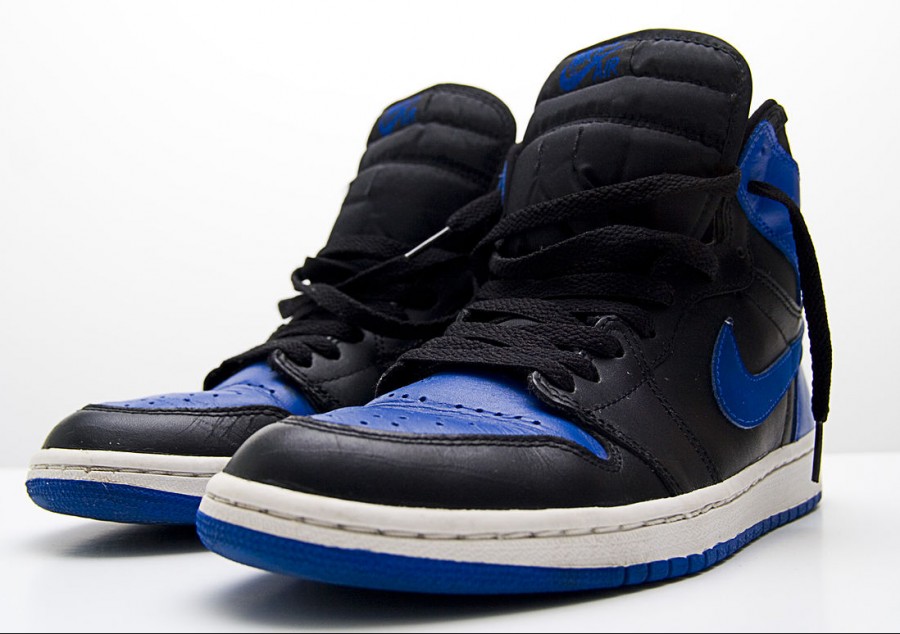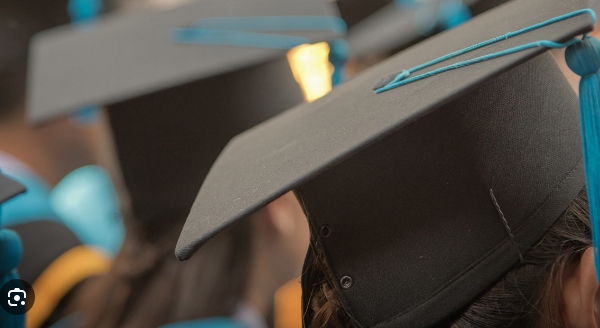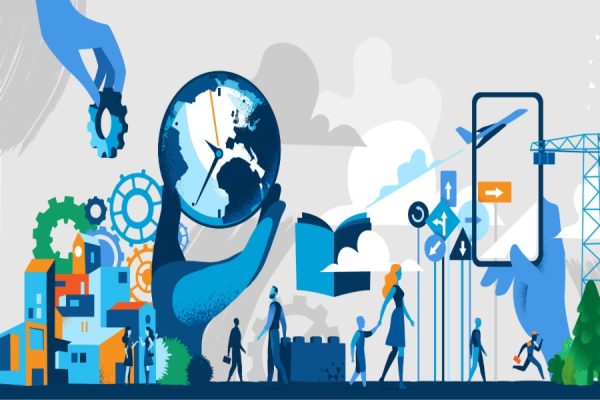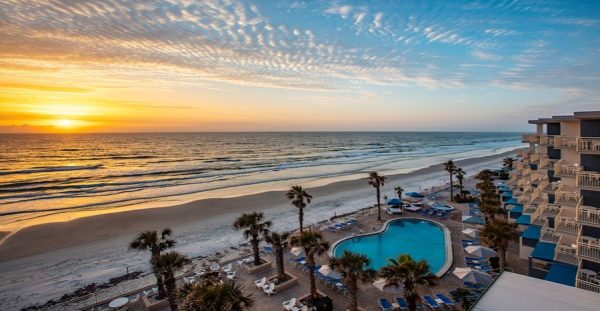Jordan brand shoes raise prices while quality decreases
IMAGE / Wikimedia Commons
Air Jordans have increased in price the last few months.
Over the years the sneaker industry has grown.
Many people have been into shoe collecting since the ’90s while others are just starting out.
In the early ’80s Michael Jordan was drafted into the NBA to the Chicago Bulls.
During his time with the Bulls, his fame grew rapidly. A lot of attention was on him at this time and he received even more attention when the NBA banned the shoes he wore to the game because they did not match the Bulls’ jerseys.
Jordan was fined $5,000 per game but it was rumored that Nike was paying the fine for every game Jordan played.
Jordan has gained a bunch of recognition for his shoes; the media displayed his shoes and many ’90s rap artists rapped about his shoes.
Back then you could walk into any shoe store and buy the new Air Jordan shoes that were released for $60.
However, the prices have been going up since the early 2000s and are continually increasing.
In 2012, the regular retail price for all Jordan retros was $160.
Then, in 2013, the price jumped $10 without any explanation.
In 2014, many people were outraged that the price was rising and the quality of the shoe seemed to be decreasing with every release.
Consumers complained that some shoes would still have paint spots on them, the shoes would have slight little creases in them, and other factory defects were reported.
One reason the quality decreased is because Nike agreed to not use certain animals for the leather on the shoes.
Even with this new agreement, consumers still complained that Nike shoes that cost over $100 still had glue marks, scuffs, and other factory defects.
Due to people’s outrage, Nike came up with an idea. It released Remastered Jordans, which supposedly were to be a replica of the Original Jordan that was released in the ’90s.
Nike did not disappoint. People actually liked the remastered versions, but, of course, they came with a twist.
The price of Jordans were originally $170 but jumped $20, retailing at $190 except for low tops, which were $20 less.
Jordans that were released in 2015 have still been $190, but the most popular Air Jordan, which is the Air Jordan 11, has always been one of the most recognizable and popular shoe.
The Jordan 11 always releases in mid December every year and, because of the popularity, the prices of the shoes alone would rise just for the release.
In 2012, the Air Jordan 11 Bred colorway retailed for $185, as well as the Air Jordan 11 Gamma colorway that was released in 2013.
Then in 2014, with the release of the Air Jordan 11 Legend Blue colorway, the price jumped from $185 to $200.
Now with the most recent release of the Jordan 11 72-10 colorway, the price jumped $20 to retail at $220.
Of course, prices can get even higher because of resellers.
A reseller is someone who will buy shoes during a popular shoe release and then sell the shoes over the original retail price.
For example, the most popular colorway of the Jordan 11 is the Concord colorway. When those shoes came out in 2011, they retailed for $175, and now people have tried to resell them for anywhere from $500 to $900.
Resellers are frowned upon by most sneaker collectors because they could be a factor in Nike’s rising prices.
In the fall I noticed a lot of Jordan retro shoes sitting on the shelves. Even the most popular ones.
It really seems like people are either fed up or trying to boycott buying Jordan brand shoes because of the outrageous pricing.
Senior Alec Pennell believes that the quality of the shoe has been better.
“The step up in quality this year explains the price. But the price increases shouldn’t be needed as the quality should’ve been up to pay the whole time,” Pennell said. “The best releases this year were the Shattered Backboards 1’s, 72-10s, and the Air Jordan 6 Maroons.”

Class: Senior
Hobbies/Interests: Shoe collecting, computers, college
Plans after high school: Obtaining bachelor's degree in cyber defense
Favorite...











